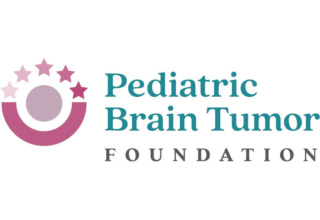Hydrocephalus, commonly known as “water on the brain,” is a condition that can occur in children with brain tumors. It involves an accumulation of cerebrospinal fluid (CSF) that can cause increased pressure inside the skull, leading to various symptoms and complications. Understanding the role of a shunt in managing this condition is vital for parents navigating their child’s brain tumor treatment.
Understanding Hydrocephalus
Hydrocephalus is typically caused by an obstruction that prevents CSF from flowing normally through the brain and spinal cord. This can be due to brain tumors blocking pathways or impairing the absorption of the fluid. Symptoms may include headaches, vomiting, blurred vision, and cognitive challenges.
The Role of a Shunt
A shunt is a device commonly used to relieve pressure on the brain caused by fluid accumulation. It is a flexible tube placed into the ventricular system of the brain that diverts the flow of CSF to another area of the body, such as the abdominal cavity, where it can be absorbed as part of the normal circulatory process.
Types of Shunts
- Ventriculoperitoneal (VP) Shunt: This is the most common type of shunt used in treating hydrocephalus. It connects the ventricles of the brain to the peritoneal cavity.
- Ventriculoatrial (VA) Shunt: This type diverts fluid from the brain to the right atrium of the heart.
- Lumboperitoneal (LP) Shunt: This shunt routes CSF from the lumbar region of the spine to the peritoneal cavity.
Each type of shunt has its indications and potential complications, and the choice depends on various factors including the patient’s condition and the presence of other medical issues.
Shunt Placement Surgery
Shunt placement involves a surgical procedure where a neurosurgeon inserts the shunt system. The procedure is typically performed under general anesthesia and requires careful post-operative care to monitor for complications such as infection or shunt malfunction.
Living with a Shunt
While a shunt can significantly improve quality of life by relieving symptoms of hydrocephalus, it requires ongoing medical follow-up. Parents need to be vigilant for signs of potential shunt failure, which include changes in behavior, new neurological symptoms, or symptoms of increased intracranial pressure.
For children that have a shunt, the shunt is very durable and should not pose any special problems in the course of normal physical activity or childhood bumps or falls.
In general, the activities of children with hydrocephalus and having a shunt should not be restricted. They should be encouraged to participate in regular activities, including school and after school physical education programs and recreational sporting activities. Together, the neurosurgeon, the patient, and the family should be the ultimate decision-makers regarding specific activities for each individual with hydrocephalus and a shunt.
For parents of children with brain tumors, understanding how a shunt works and what to expect during and after the placement can help in managing their child’s condition more effectively. Regular follow-ups with the healthcare team ensure that the shunt is functioning properly and adapting to the child’s changing needs.
For more detailed information and support, visit the Pediatric Brain Tumor Foundation at curethekids.org.


